How To Stop Blocking Drives
PGA pro Ben Emerson shares his simple tips on how to stop blocking drives...
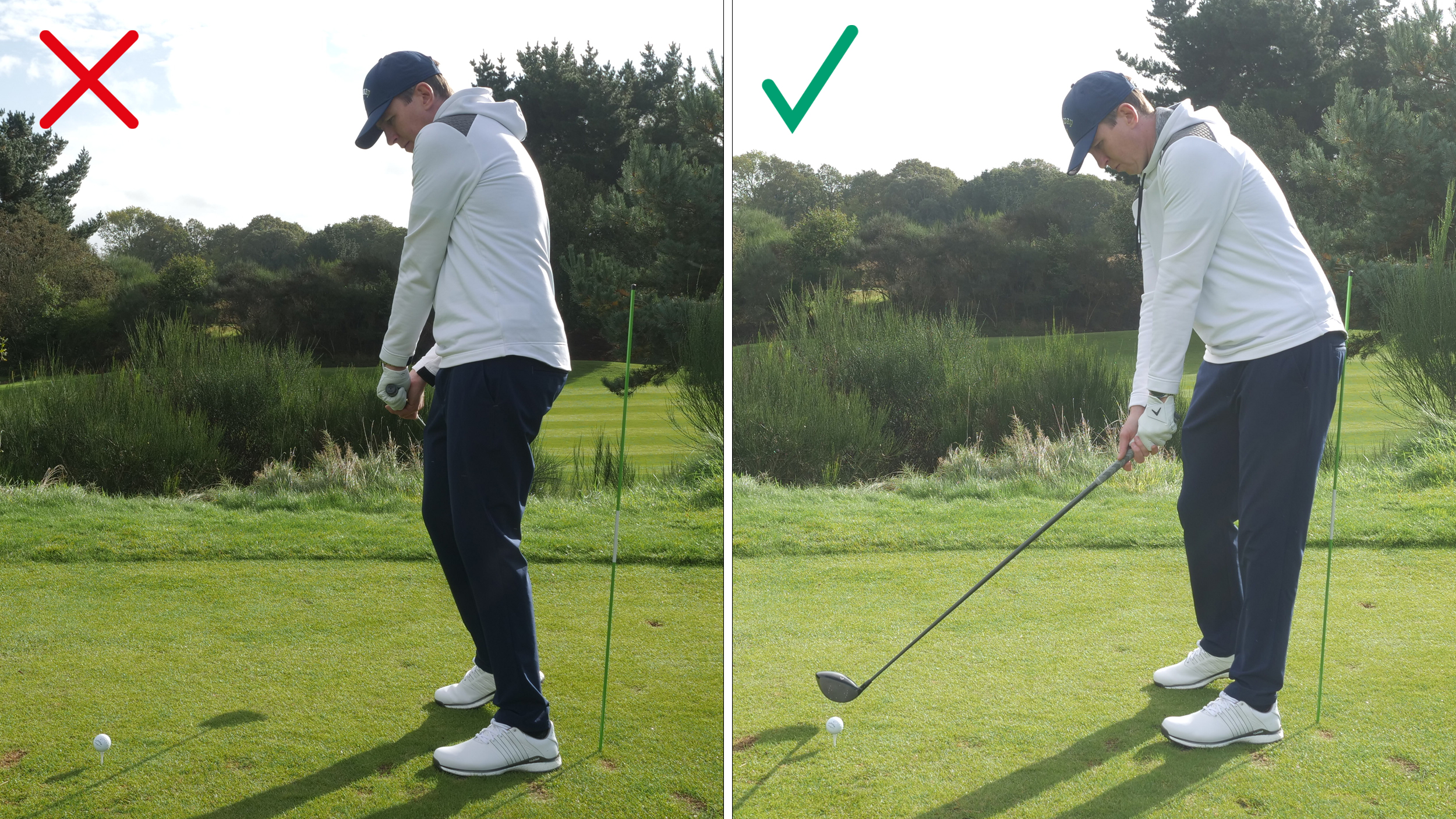

This can be one of the most debilitating faults in the game, costing you plenty of shots and balls to boot. In the video and article below, PGA pro Ben Emerson looks at one of the main causes and shares his top tips on how to stop blocking drives for good...
With the driver in hand, there are a few things tour players do that you don't. One of them is creating space between the body and the club. On the contrary, golfers who have a knack for hitting blocks, especially with the big stick, tend to do the opposite, invading this space as the lower half early extends and moves towards the ball.
What this means for the club is that it gets trapped behind and becomes incredibly difficult to square up at impact consistently. So, how do you go about fixing this fault?
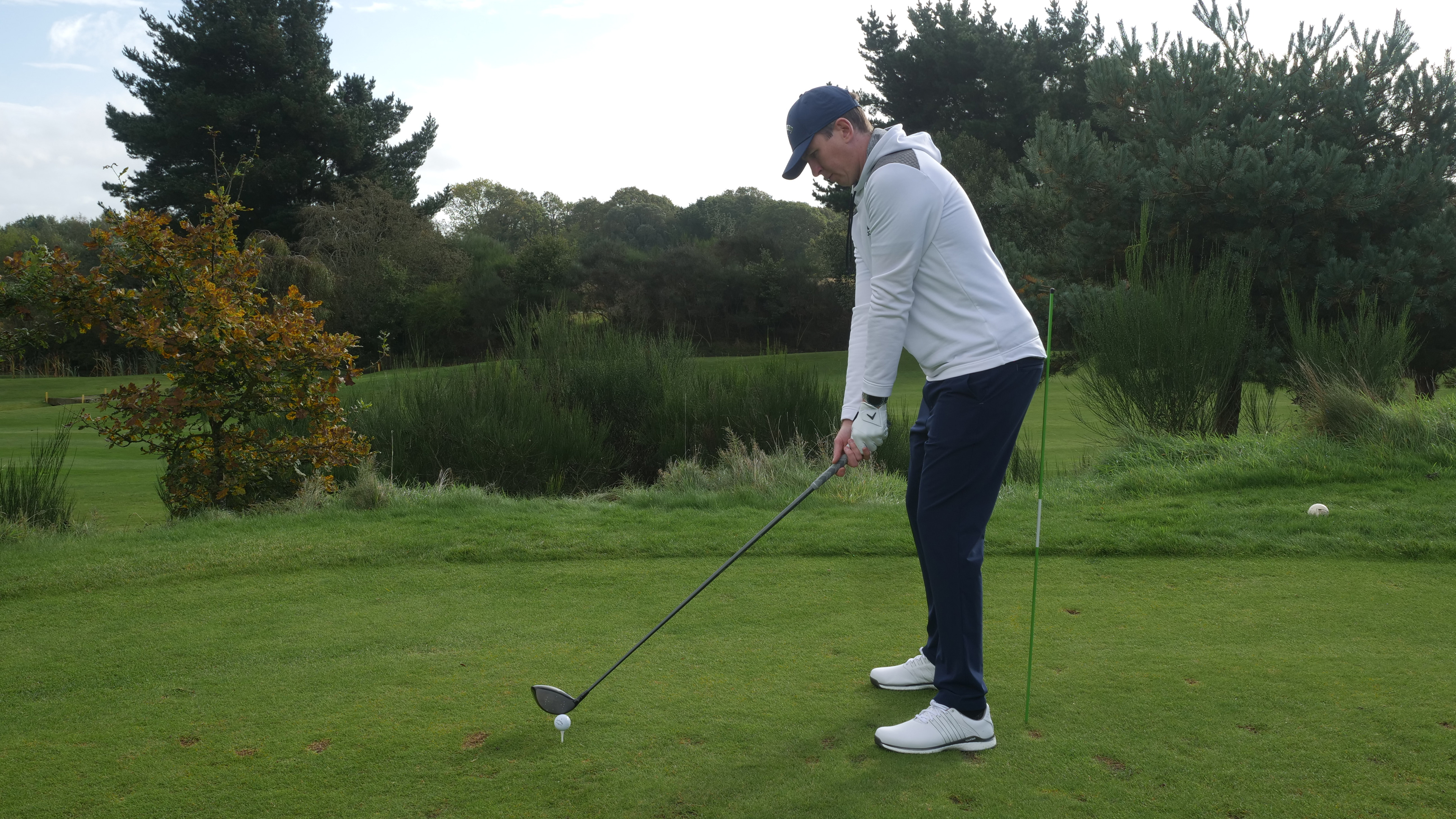
Putting an alignment stick in the ground is a great way to check if you're staying in your posture throughout the swing
Identify the problem
First things first, it’s vital to find out if this is a swing fault you are suffering with. Either put an alignment stick into the ground or film a swing from down the line to check if your lower body has moved towards the ball in transition and into impact. To emphasise, at no point should there be any daylight between you and the stick or the imaginary line.

If your lower half has moved away from the stick, you're at risk of hitting blocks
However, don’t fear if this is the case as there are drills and swing feels that can help you get back on track.
Backswing fix
Get the Golf Monthly Newsletter
Subscribe to the Golf Monthly newsletter to stay up to date with all the latest tour news, equipment news, reviews, head-to-heads and buyer’s guides from our team of experienced experts.
If it transpires this is an issue in the backswing, try and feel like you are pushing into your trail side and into your trail heel as you take the club back - that’ll keep you in a more sat down position against the line or stick. It’s something you can rehearse on a day-to-day basis without a club to help ingrain this move the next time you go to play or practise.
Downswing fix
Alternatively, if you're standing up in the downswing, an opposite feeling would be more suitable. What I mean is that instead of sitting back into your trail leg, you want to feel like you’re pushing into the toes on your lead side. That’ll enable the lower half to get deeper as the club approaches impact.
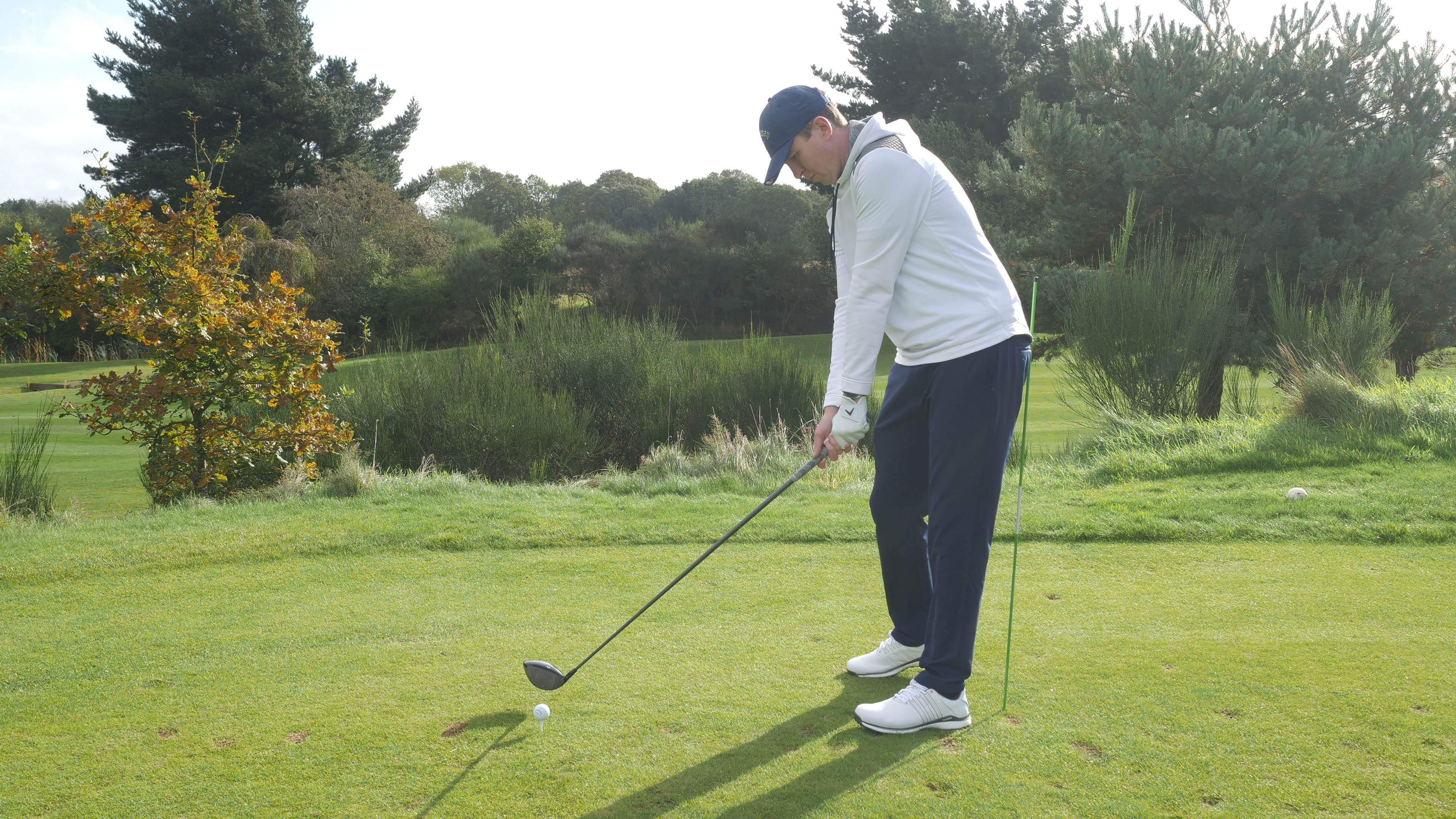
You want to remain in contact with the stick throughout the swing and into impact
Upper body drill
By improving how your upper half moves, it can have a knock-on effect on your lower half. For example, if you work on feeling like your lead shoulder works down from the top of the swing, your body will naturally get into more of a squatting position before unwinding through into a powerful impact position.
Something to always keep in mind is where your energy is going. Approaching impact, you want it to be tracking towards your target rather than towards the ball and therefore off to the right.
So, if you want to stop blocking drives, identify the problem and work on a feel that will enable you to power the ball towards your target on a more regular basis.

Location: Sand Martins GC
Ben’s modern approach to golf coaching has seen him become one of the most sought-after coaches in the country and teaches none other than Robbie Williams. His honest, modern and fun style of coaching has help thousands of golfers of all ages and abilities and he has been coaching for over 20 years.
Advice for practice:
Start with slow, small swings. If you can’t do it small and slowly there is not a hope in hell of doing it at full speed with a full swing! In other sports such as rugby or martial arts they slow learn new moves/plays before making them at full speed.
Teaching philosophy:
‘Why guess when you can access’ Ever new student goes through a full TPI movement screen, 3D motion capture and pressure plate analysis as well as TrackMan and 2D video analysis. Coaching is based on facts and not guess work.
Most common problem:
A lack of clubface understanding and awareness. I get golfers to aim the clubface directly at the target and get them to make a slow swings and deliver the club to the ball with an open face, then repeat the same thing again but with a closed face, followed by one at the target. Giving them full awareness based on feelings errors to find a happy middle ground.
-
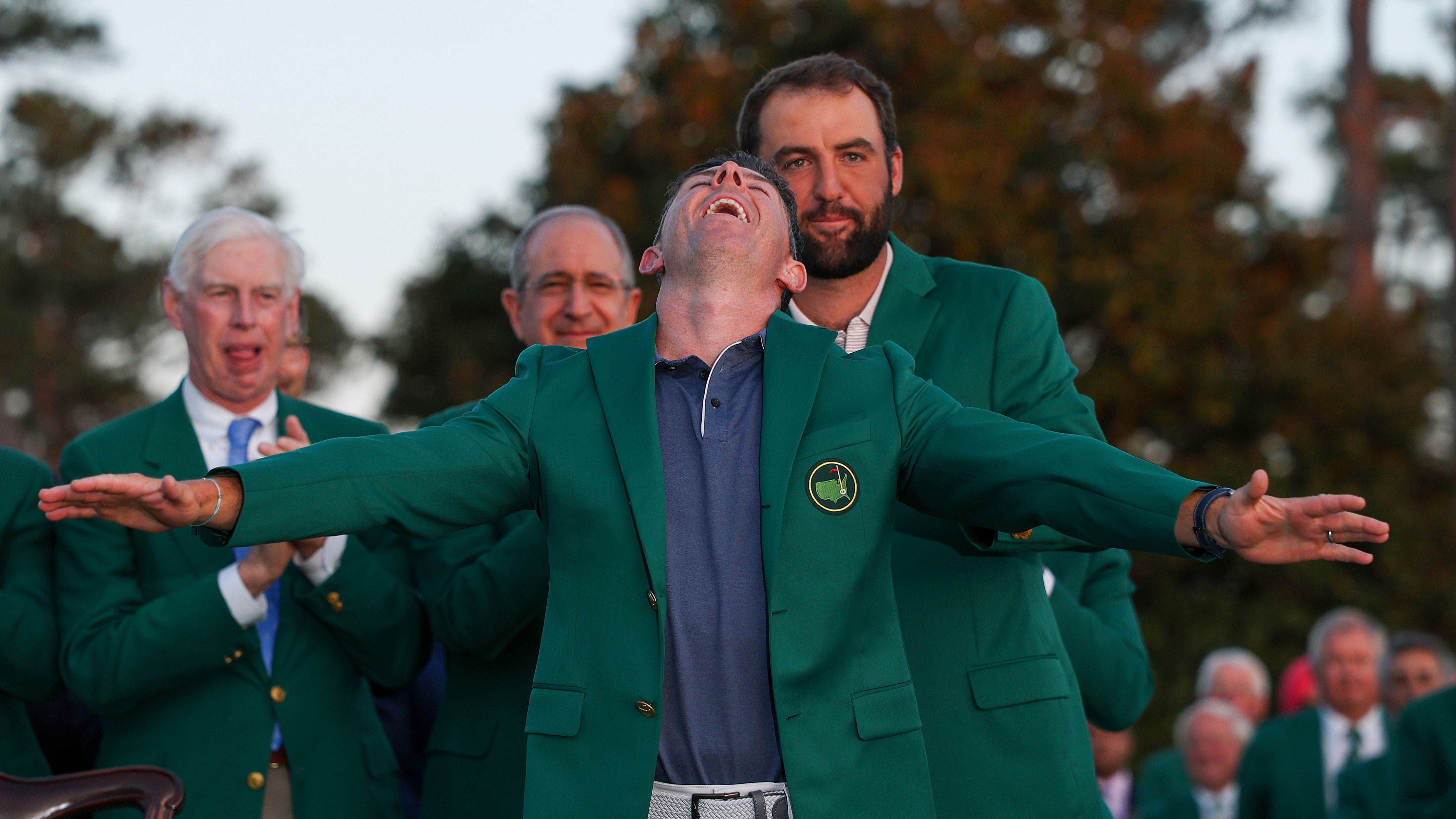 'It Was A Nice Touch And A Little Bit Ironic At The Same Time' - Past Champion Makes Heartfelt Gesture To Rory McIlroy Before Masters Victory
'It Was A Nice Touch And A Little Bit Ironic At The Same Time' - Past Champion Makes Heartfelt Gesture To Rory McIlroy Before Masters VictoryThe Northern Irishman received a good luck message in his locker from a certain former champion prior to Sunday's find round
By Michael Weston Published
-
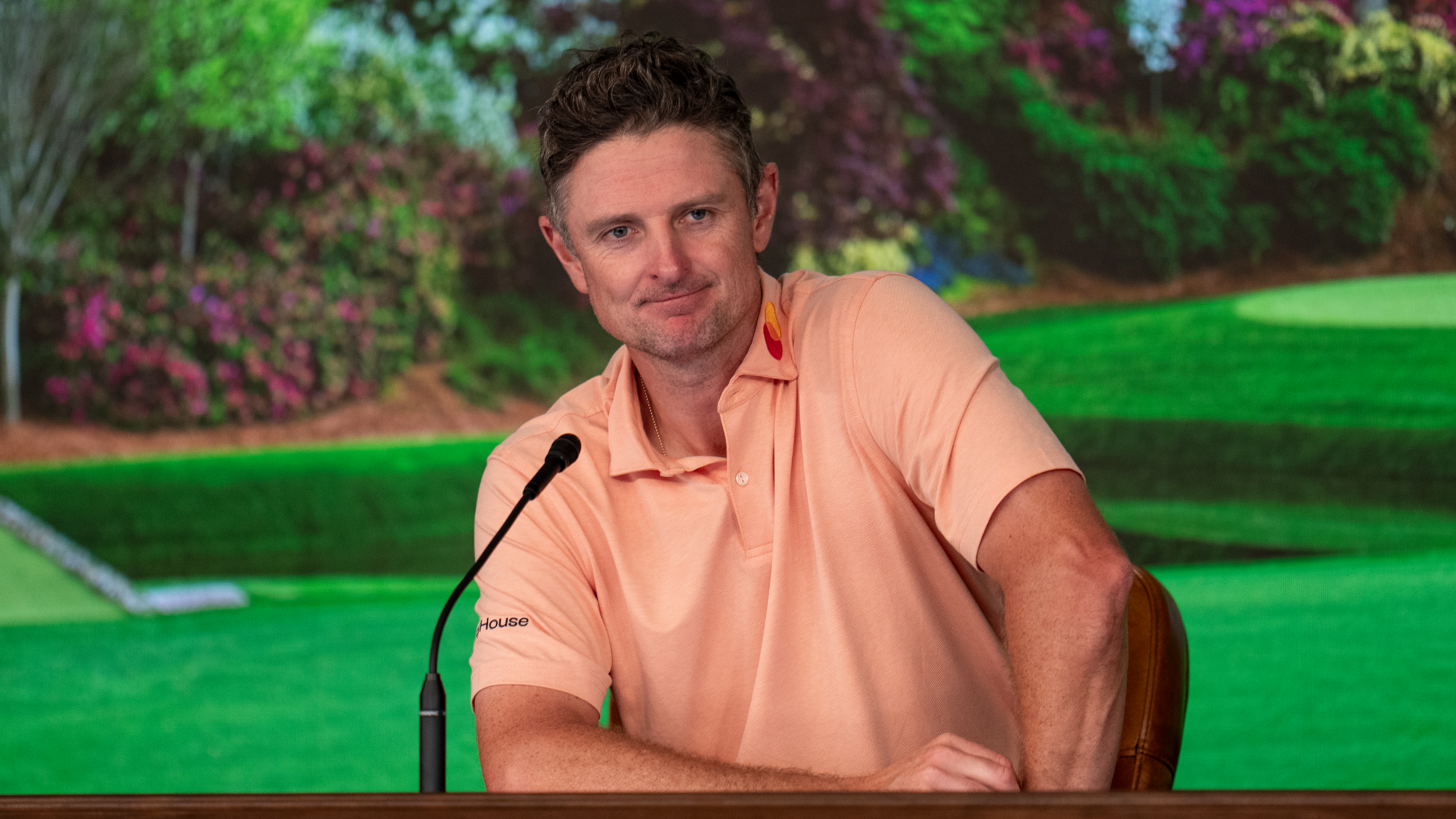 Golf's Good Guy Justin Rose Shares Extraordinary First Words To Rory McIlroy After Englishman's Second Masters Playoff Heartbreak
Golf's Good Guy Justin Rose Shares Extraordinary First Words To Rory McIlroy After Englishman's Second Masters Playoff HeartbreakJustin Rose gave a typically classy response after his agonizing playoff defeat to Rory McIlroy at The Masters
By Mike Hall Published